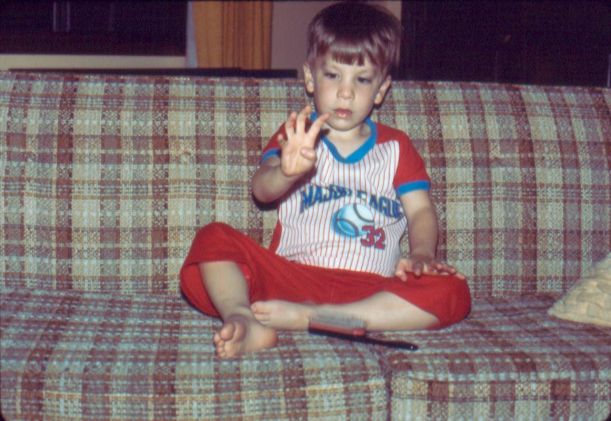 In all of my schooling (from Kindergarten through my bachelor’s degree in college and continuing through current life learning) the successful epicenter of it all came from one man whistling “Dixie.”
In all of my schooling (from Kindergarten through my bachelor’s degree in college and continuing through current life learning) the successful epicenter of it all came from one man whistling “Dixie.”
“Over 20 years ago, teacher Doug Eldon was having his sixth grade students work from a big, beautiful, new, thickly illustrated textbook. The problem was too many students couldn’t remember or understand what they had just read, even though they used the materials with hands-on activities. Students were overwhelmed by the amount of information. So Doug started whistling “Dixie” one day in the shower and soon came lyrics all about the scientific method. Eventually he had a nine verse song which he offered to those who were having difficulty learning, and to make a long story short, they understood and remembered the information, as demonstrated by the improved test scores (and their confident smiles).” – Lyrical Learning Website
Doug Eldon was my six grade teacher and I was one of the students having difficulty learning. Science quickly became one of my favorite subjects. If only finance was too. Now, while most parents want want their kids to make their own mistakes, I am sure running up huge credit card debt (like I did) wasn’t what they had in mind. Mr. Eldon was only one man and he developed this one great idea.
What I am asking for here, is not to have teachers simply step up their creativity (by cloning Eldon’s creativity), but for community members (such as financial institutions) to supplement teachers in their efforts to provide life lasting moments. These community partners could easily help provide helpful financial content. Think of it this way; teachers are like a 747 airliner traveling through the sky without time or money to land for gas. Now what if there was a community partner acting as a refueling plane, that can provide gas in mid-flight? I think you get my drift…
It has been over 20 years since I first participated in Mr. Eldon’s lyrical science learning, but I remember nearly every word to those songs. Its direct science benefit ended in my singing under by breath in my college science classes. I never had a community partner help in the way I suggested above, so all I can do is wonder what I could of avoided if Mr. Eldon had taught economics.
A musical excerpt of the scientific method: http://lyricallearning.com/songs/scimethod.mp3




 Kids are naturally creative. If left to their own devices with crayons, paint—even a cardboard box, wonderful things often blossom. So what happens as we get older? Many people think kid “lose” that creativity. However, it’s really the grownups who take it away from them—and that’s a real shame.
Kids are naturally creative. If left to their own devices with crayons, paint—even a cardboard box, wonderful things often blossom. So what happens as we get older? Many people think kid “lose” that creativity. However, it’s really the grownups who take it away from them—and that’s a real shame. Spend time with very young children, and you’ll soon notice that they default to happy. They sing at the drop of a hat. They skip rather than trudge. And as a parent I think we need to encourage this—not penalize it—because that creative spontaneity is sorely needed in the adult world of business. Why? Because innovation springs from creative thought. When a child is happy and relaxed rather than stressed, they think better and learn faster. They’re also nicer to people and build stronger relationships.
Spend time with very young children, and you’ll soon notice that they default to happy. They sing at the drop of a hat. They skip rather than trudge. And as a parent I think we need to encourage this—not penalize it—because that creative spontaneity is sorely needed in the adult world of business. Why? Because innovation springs from creative thought. When a child is happy and relaxed rather than stressed, they think better and learn faster. They’re also nicer to people and build stronger relationships.